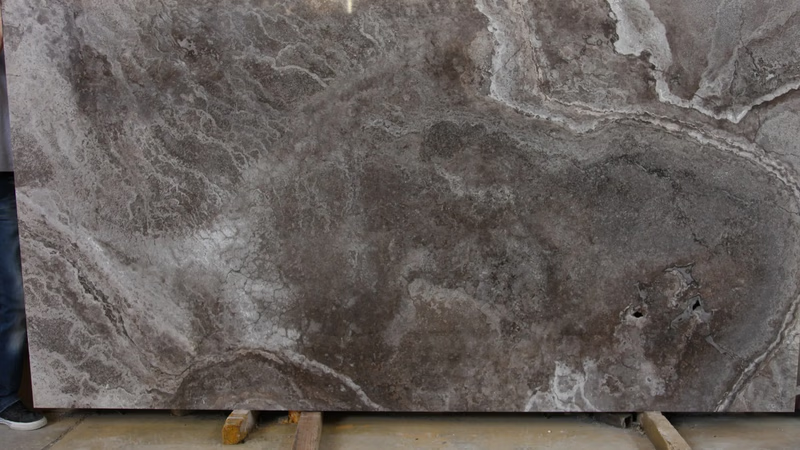
How does the Middle East lead the natural stone trade through B2B platforms?
Travertine, a naturally occurring limestone prized for its unique texture and elegance, has become a cornerstone of luxury architecture and decoration across the Middle East. As demand for high-quality natural stones like travertine, marble, granite, and quartzite grows, the region has emerged as a global leader in the natural stone trade. Platforms facilitating West Asia import-export operations, such as B2B marketplaces, play a pivotal role in streamlining this trade by connecting verified exporters and importers with reliable supply chain solutions. The Middle Eastern travertine market, particularly in countries like Turkey and Iran, thrives due to the abundant regional deposits and the stone"s versatility in design applications. Travertine’s porous texture and earthy tones make it ideal for cladding facades, interior walls, garden benches, pool edges, and patio tables. Unlike marble, which is denser and more polished, travertine offers a unique ‘leather’ texture that blends rustic charm with modern aesthetics. B2B marketplaces in the Middle East are instrumental in showcasing travertine tiles and slabs alongside other natural stones such as sandstone and granite. Verified trade solutions ensure seamless transactions, while trade advertising platforms provide insights into market trends and demand fluctuations.
The use of codes like 680221 (cut or sawn stones) and 680291 (processed stone) standardizes trade within the region. The travertine market benefits from the growing preference for natural materials in sustainable construction and interior design. However, challenges such as maintenance requirements and susceptibility to staining are key considerations for buyers. Still, the stone"s durability and timeless appeal make it a preferred choice for both residential and commercial projects. Aritral, an AI-driven B2B platform, simplifies international commodity trade by offering product listings, AI-powered marketing, and account management, further enhancing accessibility in this competitive market.
-
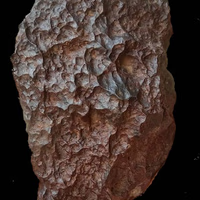 Rahmani 2 months ago
Rahmani 2 months ago Oman
meteorite
Oman
meteorite
meteorite with certificate around 3500grDetails
-
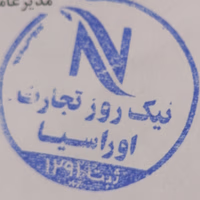 Nik Rooz Tejarat Eurasia 2 weeks ago
Nik Rooz Tejarat Eurasia 2 weeks ago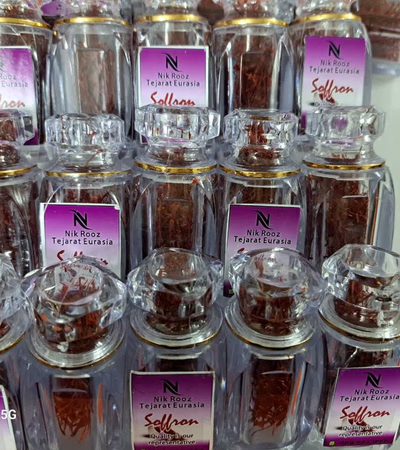 Iran
Saffron
Iran
Saffron
Hello Agricultural products are supplied directly and from the producer.Details
-
 Mohammad Asaf 3 weeks ago
Mohammad Asaf 3 weeks ago Syria
Precious Stones
Syria
Precious Stones
Precious StonesDetails
-
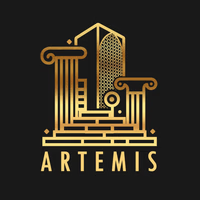 Sanaaye Sang Artemis 3 weeks ago
Sanaaye Sang Artemis 3 weeks ago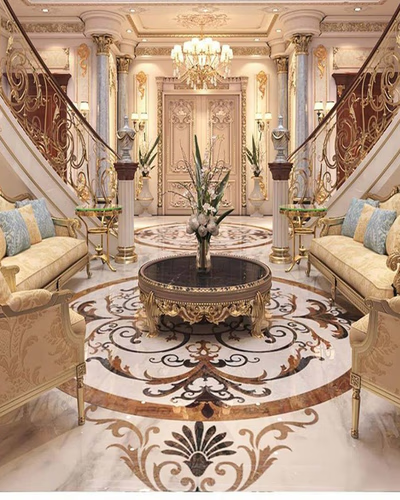 Iran
Stone and Building Products
Iran
Stone and Building Products
Stone production and stone export \nSpecialized production of marble floors for residential, commercial, and office halls in the design and dimensions...Details
-
 Oussama 4 months ago
Oussama 4 months ago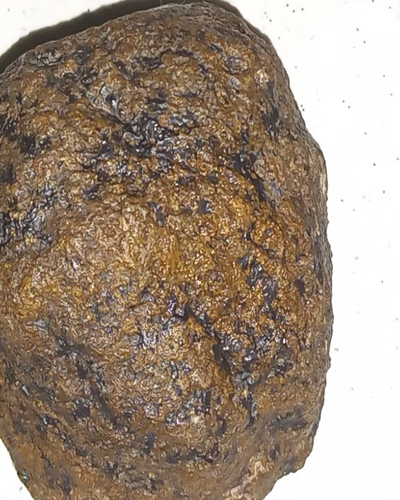 Morocco
Gold Stone of nyzak
Morocco
Gold Stone of nyzak
Weight is 250 gr. Covered with gold and iron. Color is black and shines 3 to 4 cm. Magic Stone.Details
-
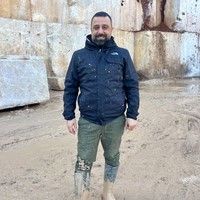 Kadir Altas 4 months ago
Kadir Altas 4 months ago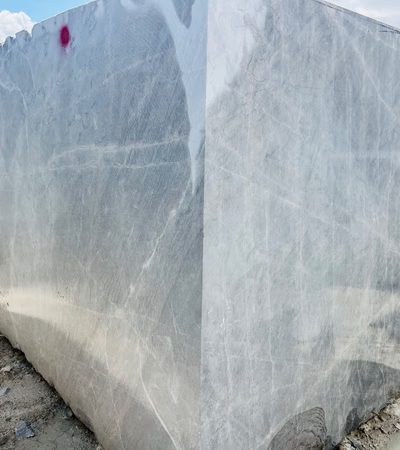 Turkey
Block Marble Travertine
Turkey
Block Marble Travertine
Raw block marble travertine and processed marble travertineDetails
-
 Rozhan Tejarat Sirvan 2 weeks ago
Rozhan Tejarat Sirvan 2 weeks ago Iran
Luxury Clinker Cement Stones and Steel Products
Iran
Luxury Clinker Cement Stones and Steel Products
Building Stones (Travertine, Granite, Marble): These natural stones are widely used in construction due to their durability, aesthetic appeal, and res...Details
-
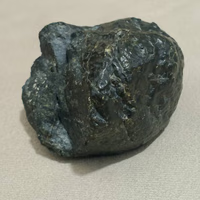 Sara 3 weeks ago
Sara 3 weeks ago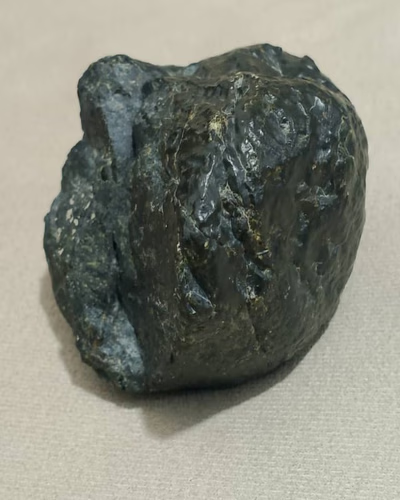 Oman
Meteorite
Oman
Meteorite
Meteorite in various and interesting piecesDetails
-
 Gogoods 3 weeks ago
Gogoods 3 weeks ago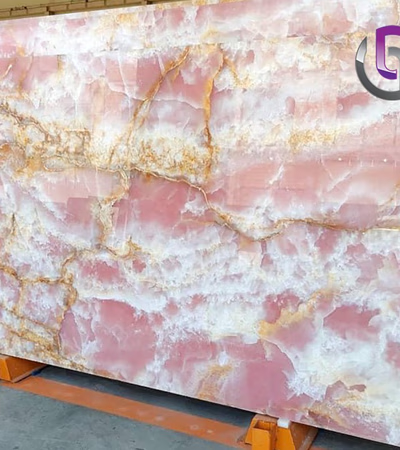 Armenia
B2B Company in Armenia
Armenia
B2B Company in Armenia
We are proud to offer a wide and diverse range of products including industrial goods, agricultural products, building materials, food items, pet supp...Details
-
 Abdel Moutalib 5 months ago
Abdel Moutalib 5 months ago Mauritania
Abdel Moutalib
Mauritania
Abdel Moutalib
I have some meteorites.Details
-
 Evette Edward 6 months ago
Evette Edward 6 months ago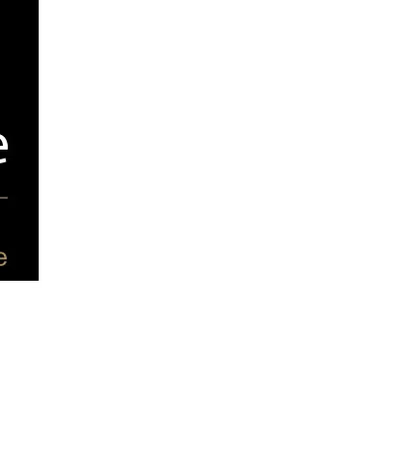 Egypt
marble
Egypt
marble
High quality marble, granite, and building materialsDetails
-
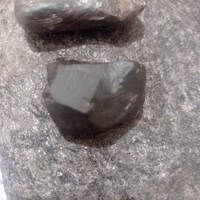 Roohullah 1 months ago
Roohullah 1 months ago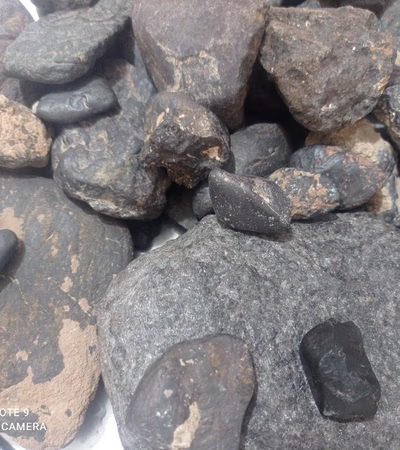 Finland
Mars Meteorite
Finland
Mars Meteorite
Mars MeteoriteDetails
-
Middle East Granite Trade: Trends in Natural Stone Commerce
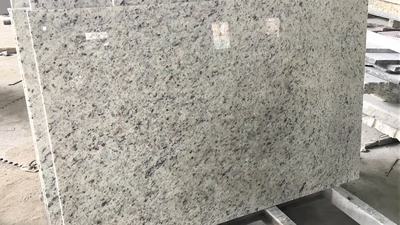
The Middle East has emerged as a pivotal hub in the global trade of natural stones, including granite, marble, sandstone, quartzite, and travertine. Leveraging advanced B2B platforms, such as those prevalent in West Asia, the region facilitates seamless connections between verified exporters and importers, bolstering its position in the international natural stone market. Granite, a durable igneous rock prized for its strength and versatility, is a cornerstone of this trade. Widely used in construction for tiles, paving slabs, countertops, and facades, granite finds robust demand across the Middle East and beyond. Regional suppliers offer distinct advantages, including high-quality stone, competitive pricing, and proximity to global shipping lanes. Buyers benefit from refined supply chain solutions and comprehensive product listings on Middle Eastern trade platforms, which provide insights into market trends and verified trading partners. While granite is celebrated for its resilience and aesthetic appeal, it can pose challenges such as higher costs and complex installation requirements. However, the advantages often outweigh these drawbacks, particularly when sourcing from West Asia, where economies of scale and advanced logistics mitigate such concerns.
In addition to granite, the Middle East is a leader in sandstone and quartzite trade. Quartzite, known for its hardness and suitability for both interior and exterior applications, is mined extensively in the region. Similarly, travertine, a popular choice for tiles and facades, benefits from the Middle East"s strategic presence in the natural stone market. Aritral, an AI-driven B2B platform, simplifies international trade by offering services such as product listing, direct communication, and AI-powered marketing, ensuring a streamlined experience for natural granite buyers and sellers. By connecting traders and providing actionable market insights, platforms like Aritral fortify the Middle East"s dominance in the natural stone trade.
-
Natural Stone Trade in the Middle East: Marble, Granite, and More
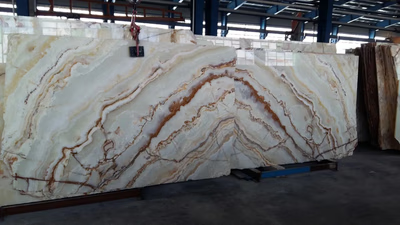
In the dynamic landscape of the Middle East’s commodity trade, natural stones such as marble, travertine, sandstone, granite, and quartzite are pivotal. These stones are not only essential for the region’s construction and design industries but also play a significant role in its export economy. Known for their unique textures and material properties, Middle Eastern marbles, including the renowned ‘Magical Middle Eastern Marble,’ are sought after for building facades, flooring, and decorative applications. The region serves as a hub for verified exporters and importers, offering a rich selection of natural marble tiles and flooring options. Travertine, a hallmark building stone in the Middle East, is extensively traded in the region due to its durability and aesthetic appeal. Its market, driven by large-scale projects and architectural trends, underscores the Middle East’s position as a significant stone producer and exporter. Similarly, sandstone, with its versatility in cladding facades, garden furniture, and pool designs, is highly valued. This material’s properties, such as weather resistance and natural beauty, make it a preferred choice for both functional and decorative uses.
Granite and quartzite, known for their robustness, are indispensable in the construction of pavements, interior facades, and other high-strength applications. The Middle East granite market continues to attract buyers and sellers, capitalizing on regional infrastructure growth. Quartzite, in particular, is mined extensively and is favored for its hardness and adaptability in exterior and interior designs. Platforms like Aritral simplify the complexities of this trade by offering regional product listings, market insights, and AI-powered marketing tools, fostering seamless business networking. For importers and exporters looking to tap into the natural stone trade of West Asia, such platforms provide a streamlined approach to engage with verified partners and leverage the growing demand for premium quality stones.
-
Quartzite and Natural Stone Trade in the Middle East

Quartzite is a highly durable metamorphic rock widely used for both exterior and interior facades, making it a prized commodity in the global natural stone trade. The Middle East has emerged as a dominant player in the trade of quartzite and other natural stones such as marble, granite, travertine, and sandstone, leveraging advanced B2B platforms and verified exporter networks. With the presence of extensive quartzite mines and being home to the largest stone producers and exporters in the region, the Middle East propels the growth of natural stone commerce across West Asia and beyond. The region’s ability to lead in this sector hinges on its robust trade platforms, such as those offering regional product listings, market insights, and direct communication between buyers and sellers. Verified exporters and importers enhance trust and transparency, ensuring high-quality supply chain solutions for stakeholders. Quartzite, along with other natural stones, is featured prominently on these platforms, enabling businesses to explore offerings tailored to global and regional demand. Middle Eastern B2B marketplaces provide vital market insights into trends like the growing demand for travertine tiles and granite slabs. These platforms also facilitate business networking opportunities, enabling buyers and sellers to connect seamlessly.
Quartzite’s unique properties—its hardness and aesthetic appeal—make it an excellent choice for construction and design, reinforcing its status as a sought-after material in the commodity trade. Aritral, an AI-driven B2B platform, simplifies the trade of quartzite and other natural stones by offering services like product listing, global sales assistance, and AI-powered marketing strategies. As the Middle East continues to dominate natural stone commerce, businesses can rely on these technological solutions to navigate the evolving landscape with efficiency and precision.
-
Middle East Sandstone Trade: A Hub for Natural Stone Commerce
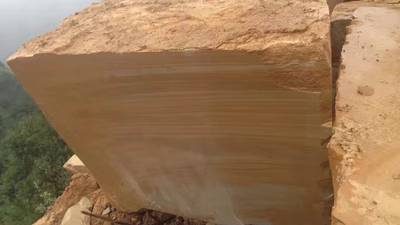
Sandstone, a versatile natural stone, is a cornerstone of the Middle East’s thriving trade in commodities. As a prominent material in construction and design, sandstone is widely used for facades, interior walls, garden furniture, and outdoor installations like patio tables and swimming pool edges. Its properties—durability, aesthetic appeal, and adaptability—make it a preferred choice in the natural stone market. Characterized by its grains, colors, and textures, sandstone is abundant in West Asia, home to various deposits of high-quality materials suitable for global export. The Middle East excels in the trade of natural stones, including sandstone, marble, granite, quartzite, and travertine, leveraging advanced B2B platforms to match verified exporters and buyers. The regional B2B marketplaces serve as hubs for product listings, market insights, and direct communication, ensuring streamlined supply chain solutions. With robust networks of verified exporters and importers, these platforms offer transparency and trust in transactions. Sandstone’s popularity stems not only from its applications but also its ability to compete with granite and quartzite in durability and aesthetics.
Middle Eastern B2B trade platforms, such as Aritral, play a critical role in simplifying international trade for natural stones. They provide AI-powered tools for marketing, global sales assistance, and profile management, helping businesses access the expansive market for commodities like sandstone. These platforms also highlight regional sandstone listings alongside marble, granite, and quartzite, enabling buyers to compare properties and make informed decisions. As the largest stone producer and exporter in the region, the Middle East continues to lead global trends in natural stone trade, particularly through its focus on verified markets and innovative supply chain strategies. Sandstone remains a centerpiece of this trade, offering unmatched versatility and appeal in global markets.
-
Middle East Travertine and Natural Stone Trade Insights

Travertine, a naturally occurring limestone prized for its unique texture and elegance, has become a cornerstone of luxury architecture and decoration across the Middle East. As demand for high-quality natural stones like travertine, marble, granite, and quartzite grows, the region has emerged as a global leader in the natural stone trade. Platforms facilitating West Asia import-export operations, such as B2B marketplaces, play a pivotal role in streamlining this trade by connecting verified exporters and importers with reliable supply chain solutions. The Middle Eastern travertine market, particularly in countries like Turkey and Iran, thrives due to the abundant regional deposits and the stone"s versatility in design applications. Travertine’s porous texture and earthy tones make it ideal for cladding facades, interior walls, garden benches, pool edges, and patio tables. Unlike marble, which is denser and more polished, travertine offers a unique ‘leather’ texture that blends rustic charm with modern aesthetics. B2B marketplaces in the Middle East are instrumental in showcasing travertine tiles and slabs alongside other natural stones such as sandstone and granite. Verified trade solutions ensure seamless transactions, while trade advertising platforms provide insights into market trends and demand fluctuations.
The use of codes like 680221 (cut or sawn stones) and 680291 (processed stone) standardizes trade within the region. The travertine market benefits from the growing preference for natural materials in sustainable construction and interior design. However, challenges such as maintenance requirements and susceptibility to staining are key considerations for buyers. Still, the stone"s durability and timeless appeal make it a preferred choice for both residential and commercial projects. Aritral, an AI-driven B2B platform, simplifies international commodity trade by offering product listings, AI-powered marketing, and account management, further enhancing accessibility in this competitive market.
-
What are the Advantages and Disadvantages of Travertine?
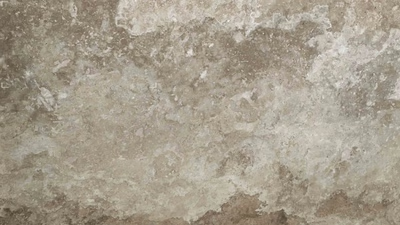
Travertine is a popular natural stone known for its aesthetic appeal and durability. Its unique veining and warm colors make it a preferred choice in luxury architecture. The stone is resistant to scratching and chipping, making it suitable for high-traffic areas like flooring and countertops. However, certain varieties may have limited availability, impacting sourcing options. Travertine"s porous nature requires regular sealing to prevent stains from spills, particularly acidic substances. While it offers excellent heat resistance and thermal insulation, making it ideal for hot climates, its softness compared to other stones like granite can lead to scratches and dents. Maintenance involves using pH-neutral cleaners and protective measures to preserve its appearance. Despite being considered a luxury material, recent market changes have made travertine more accessible due to increased supply and reduced prices.
This has expanded its use in various applications, including outdoor spaces and ceremonial halls. Overall, travertine combines elegance with practicality but requires careful handling and maintenance. "
-
What is Leather Travertine?
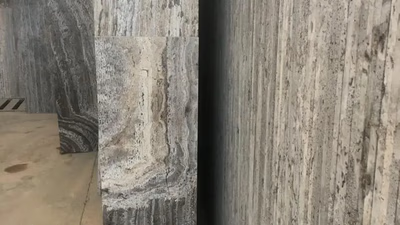
Leather travertine features a textured surface that mimics the look and feel of leather, achieved through specialized manufacturing techniques. This finish enhances the stone"s natural beauty, adding depth and character to various architectural applications. The unique texture creates an inviting ambiance, making it suitable for flooring, wall cladding, and countertops. Two primary cutting methods are used: Veincut, which exposes the stone"s natural veining for a contemporary look, and Crosscut, which offers a more organic appearance by highlighting color variations. The finishing process is crucial as it determines the final aesthetic; leather travertine is treated to maintain its matte finish while ensuring durability. Regular maintenance is essential to preserve its appearance and prevent staining. Leather travertine is ideal for both residential and commercial spaces, particularly in areas requiring slip resistance like bathrooms and outdoor patios.
-
Uses of Travertine and its Dimensions
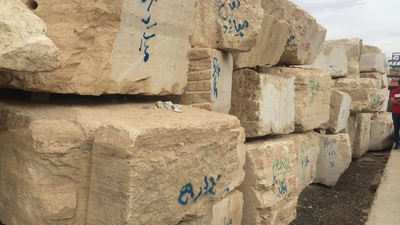
Travertine stones are versatile and available in various dimensions, making them suitable for numerous applications. Commonly used in both residential and commercial spaces, travertine tiles enhance aesthetics with their durability and elegance. Standard tile sizes include 12" x 12", 18" x 18", and 12" x 24", catering to different design needs. Larger travertine slabs, typically ranging from 2 cm to 3 cm in thickness, are ideal for countertops and tabletops, providing a luxurious surface that is heat-resistant. For outdoor use, travertine pavers are thick and durable, available in sizes like 6" x 12" and 24" x 24", perfect for patios and walkways due to their slip-resistant properties. Travertine mosaics offer intricate design possibilities with smaller pieces that can be arranged into patterns for backsplashes or decorative accents. The adaptability of travertine dimensions allows for creative solutions in both interior and exterior applications, ensuring functionality while maintaining visual appeal.
-
Travertine Texture
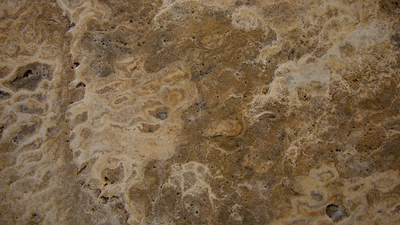
Travertine is a versatile stone known for its unique textures, including natural, honed, brushed, polished, and tumbled finishes. The natural texture features pits and voids from gas bubbles formed during its creation, giving it an earthy charm. Honed travertine offers a smooth, matte finish with minimal visible pores for a contemporary look. Brushed travertine retains its natural voids while providing a textured surface that adds depth. Color variations in travertine range from ivory to caramel, with rarer colors like brown and gold commanding higher prices due to their limited availability. The stone"s durability and resistance to chemicals and thermal changes make it suitable for various environments; however, caution is advised in cold climates due to potential freeze-thaw damage. Polished travertine boasts a glossy finish that enhances its color and veining, ideal for formal settings. Tumbled travertine presents an aged appearance, perfect for rustic designs.
Understanding these characteristics can aid in selecting the right type of travertine for specific applications. "
-
Travertine in West Asia (Middle East)
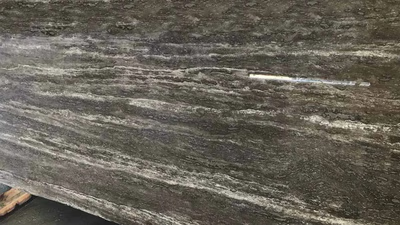
Travertine has been a vital building material in West Asia for centuries, prominently featured in historical sites like Petra and Persepolis. Its durability and aesthetic appeal align with the region"s architectural heritage, making it a preferred choice for mosques, palaces, and traditional houses. The Middle East ranks among the top producers of decorative stones globally, with Iran being a significant contributor, producing 10 to 15 million tons annually. The region"s travertine mines hold an estimated capacity of 60 billion tons, with over 75% extracted from Iranian sources. This stone is not only valued for its quality but also for its cultural significance in religious architecture. Contemporary projects in cities like Dubai and Riyadh continue to utilize travertine, enhancing modern designs with its timeless elegance. The local availability of travertine supports a sustainable supply chain while contributing to the regional economy.
-
What role does Travertine play in today's luxury architecture and decoration?
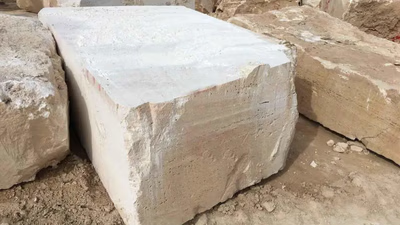
Travertine is a versatile and durable natural stone that plays a crucial role in luxury architecture and decoration. Its unique aesthetic, characterized by earthy tones and distinct veining patterns, allows it to complement various design styles, from modern to traditional. Commonly used for exterior cladding, flooring, and wall coverings, travertine enhances the elegance of high-end residential and commercial spaces. Its durability makes it suitable for high-traffic areas, while its thermal properties contribute to energy efficiency. The stone"s sustainability is also noteworthy; it is a natural material with environmentally friendly extraction processes. Travertine"s ability to seamlessly connect indoor and outdoor spaces adds to its appeal in luxury designs. With proper maintenance, travertine retains its beauty over time, making it a reliable choice for long-term investments in architecture.
-
Travertine vs Marble
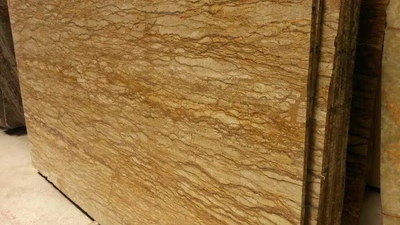
Travertine and marble are distinct natural stones with different properties and aesthetics. Travertine, a sedimentary rock, features earthy tones and a rustic appearance, making it ideal for Mediterranean designs. It is softer and more porous than marble, which is a metamorphic rock known for its elegance and durability. Marble offers a wider range of colors and veining patterns, often associated with luxury in both classic and contemporary settings. While travertine is suitable for low-moisture areas like living rooms, marble excels in high-moisture environments such as bathrooms due to its lower porosity. Both stones require regular maintenance, including sealing to prevent stains. Travertine is generally more affordable than marble, appealing to budget-conscious consumers seeking natural stone aesthetics. However, marble"s perceived value can enhance property appeal.
Understanding the differences between these stones can help consumers make informed choices based on design needs and budget constraints. "
-
History of Travertine Stones
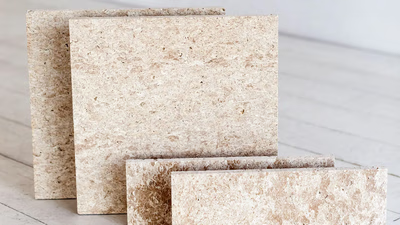
Travertine, a sedimentary rock formed from calcium carbonate, has a rich historical significance, particularly in ancient Rome where it was extensively used in iconic structures like the Colosseum and the Roman Forum. Its durability and aesthetic appeal made it synonymous with Roman architecture. High-quality travertine is primarily sourced from Italy, especially Tivoli, but also from Turkey, Iran, Mexico, Peru, and the United States. The stone"s use extended beyond Rome to ancient Persia and Mesopotamia, exemplified by its presence in structures like Persepolis. After a decline during the medieval period, travertine saw a resurgence during the Renaissance and Baroque periods as architects favored its workability and beauty. Notable examples include the Trevi Fountain in Rome. Travertine"s versatility allows it to be used for facades, flooring, and interior decorations in modern architecture. Its enduring popularity is reflected in contemporary projects ranging from luxury homes to public spaces. Additionally, travertine plays a vital role in architectural conservation efforts aimed at preserving historical sites and ensuring the longevity of this cherished material.
-
How is travertine formed?
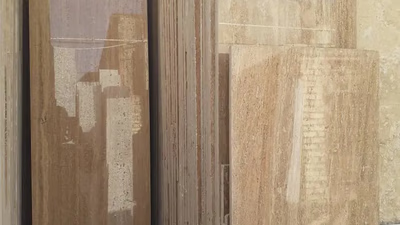
Travertine is a sedimentary rock formed through the precipitation of calcium carbonate from groundwater, primarily composed of calcite. Its formation begins with limestone or marble, which contain high concentrations of calcium carbonate. Groundwater rich in dissolved carbon dioxide percolates through these rocks, dissolving small amounts of calcium carbonate. The appearance and texture of travertine vary based on impurities and mineral content during its formation. Typically associated with hot springs or geothermal activity, travertine deposits are formed when hot water passes through carbonate rocks, leading to the precipitation of calcite crystals as conditions change. This process results in layered deposits that can range from a few centimeters to several meters in thickness. The presence of air bubbles and various impurities contributes to the diverse color variations found in travertine, including white, cream, pink, brown, and green hues. Notable travertine formations include Pamukkale in Turkey and Mammoth Hot Springs in Yellowstone National Park. The unique features of travertine such as terraces and mineral deposits are influenced by water flow rates and organic matter interactions.


































